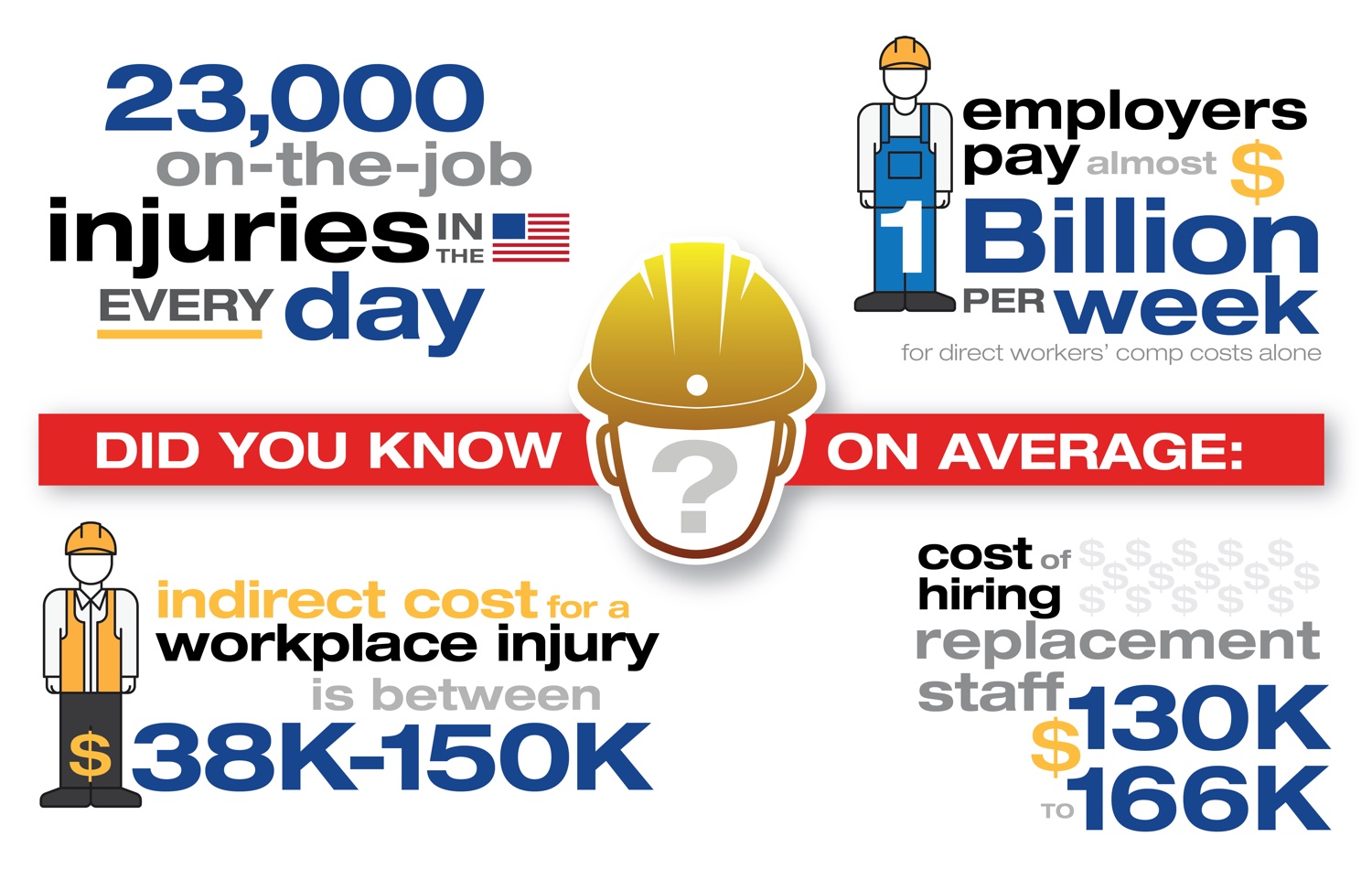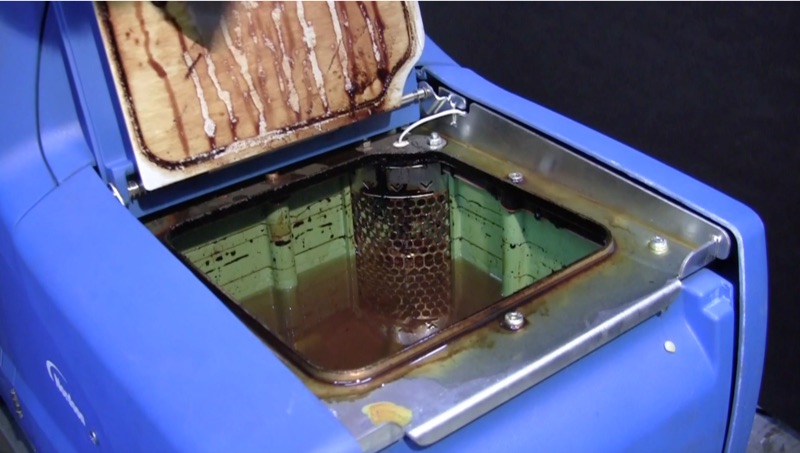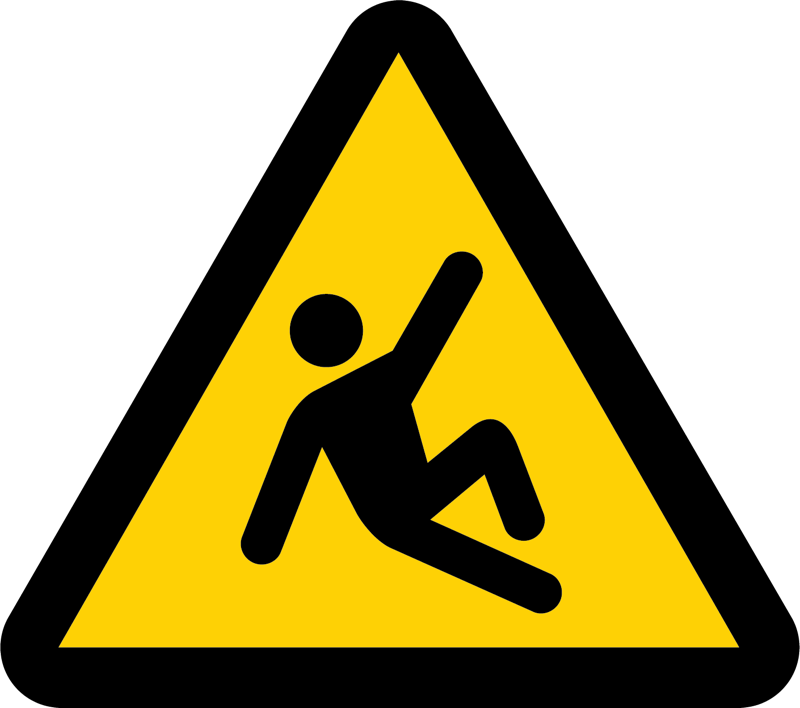Safety in the packaging industry
Maintaining a healthy net profit and a healthy workforce are top priorities for leaders at most manufacturing facilities. On-the-job injuries can be one of the most detrimental and one of the most preventable factors impacting company profitability.
Many end-of-line packaging applications require hot melt systems to maintain overall efficiencies. To help maintain a safe work environment, it is important to evaluate hot melt equipment to understand whether it may be putting your operators at risk of suffering workplace injuries.
The cost of workplace injuries
On average, there are 23,000 on-the-job injuries in the US every day - resulting in 8.5 million injuries annually.[1]
It is estimated that employers pay almost $1 billion per week for direct workers' compensation costs alone.[2]
If a particular injury is common or severe enough, the average cost of hiring replacement staff is between $130,000-$166,000 per year. [3]
According to the National Safety Council, the average indirect cost for a workplace injury is between $38,000 and $150,000.

Hot melt related injuries
Burning
Feeding refers to the process of adding material (hot melt pellets) to a hot melt system. For most systems, manual feeding means adding pellets to hot melt adhesive to tanks with molten adhesive at a temperature of 350°F. Each time the tank needs to be refilled, the operator often has direct exposure to a hot tank with molten adhesive.
The risk of operators being burned is extremely high due to a variety of preventable burn accident scenarios:
- Splashes: molten adhesive splashing onto operators when exposed to hot melt tanks
- Hot equipment: contact with heated components of the hot melt system such as heated tanks, hoses and applicators
- Reaching-in: operators drop a tool or other object into a tank of molten adhesive and instinctively try to remove the object by reaching into the hot tank
- Pattern misfire: operators work within the area of the hot melt dispense and the system accidentally misfires spraying molten adhesive on the operator
- Purging puddle: contact with an excess of molten adhesive from required system purging to eliminate charred adhesive from older tank-based systems
- Wrong PPE: contact with molten adhesive due to operators wearing incorrect personal protection equipment (gloves, eye protection, etc.)
- Maintenance: the system accidentally misfires, spraying molten adhesive on maintenance worker(s) when working within hot melt dispense area
Any of these scenarios can often result in severe injuries given the typical reaction to immediately try to wipe off or remove the molten adhesive. Given the nature of the material, this reaction only spreads the adhesive and increases the surface area of the burn.
Video: Hot melt equipment safety

When adding pellets to an adhesive tank, the operator is exposed to molten glue at 177°C (350˚F).
Other injuries
Burning is not the only hazard encountered during manual feeding. Spillage is also an issue with manual feeding. When filling small tanks from big bags of adhesive pellets, the chance of spillage of adhesive on the floor becomes a real possibility. It is not uncommon for an operator or other employee to slip on small adhesive granules lying on the floor.
When opening the tank to add the material, the chance of contamination is high and small pieces of cardboard or paper may fall into the tank. When these come in contact with the high temperature adhesive, a ignition could be initiated and lead to a fire.

For tank-based hot melt systems, adhesives are heated to a high temperature for hours or days at a time. These long heat soaks lead to overheating and burning of adhesives, known as adhesive charring.
When adhesive chars, it results in hard clumps that have lost their thermoplastic nature. These clumps stick to the heated tanks and release toxic fumes which can affect an operator’s breathing.
In addition to safety hazards, char causes constant nozzle blocking and downtime. As a result, equipment maintenance and system purges are often done with molten adhesive in the system - increasing the risk of a major burn. This risk is increased if operators or maintenance engineers do not wear appropriate heat resistant PPE during these maintenance-related jobs.
Manufacturers focused on safety and health can enjoy a healthy net profit.Improved equipment technologies available today are also improving the safety and working conditions of machine operators. The best way to reduce risk and costly workplace injuries is to limit exposure to equipment and adhesive at high temperatures.
With a true melt-on-demand system, the melter only heats a small part of the material – and only when it is needed. By not heating more material than needed, the material will never overheat or burn, thereby eliminating charring and nozzle plugging, avoiding the hazards previously described, and reducing constant maintenance requirements.
Hot melt systems with a depressurising valve allows operators or maintenance workers to reduce the pressure in a hose or gun, thus rendering it safe to be handled without the risk of hot melt exposure. Some hot melt hoses include a built-in over-temperature safety interlock. The air filter can be changed very easily and safely without the operator facing any risk of coming into contact with hot melt.
Automatic feeding systems allow operators to fill a separate unheated container with a large amount of unmelted adhesive pellets. The feeding system transfers the pellets into the melter as required. With no access to hot melt adhesive or a heated metal tank, the chance of burns is greatly decreased – reducing the potential for incidents and costly worker compensation claims. Eliminating access to molten glue also reduces the exposure the toxic fumes, providing a better work environment.
It is common for unmelted adhesive pellets to “bridge” or clump together. Not all automatic feed systems deal with this common scenario and require operators to “kick the can” or other unnecessary repetitive actions to breakup clumps of adhesive. When considering a hot melt system purchase, be sure to have the equipment supplier demonstrate how the system deals with adhesive bridging.
In addition to reducing costs from hot melt equipment related workplace injuries, learn how to improve the performance of your hot melt system.
References
[1] www.epi.org/publication/workplace-injuries-illnesses-cost-250-billion/
[2] https://www.osha.gov/dcsp/products/topics/businesscase/costs.html
[3] https://www.soundergonomics.com/cost-of-injury.html
[4] https://www.osha.gov/dts/osta/otm/otm_vii/otm_vii_1.html
Related articles
The costs of hot melt system cleaning & maintenance
Maintenance costs can quickly add up. Avoid unplanned downtime and replacement parts costs.
Summit Brewing: Packaging line success story
New packaging technology helps Summit Brewing improve their production efficiency.
What causes hot melt adhesive char
Overheating, contamination and oxidation. Learn about the three causes of adhesive char and how to avoid them.






